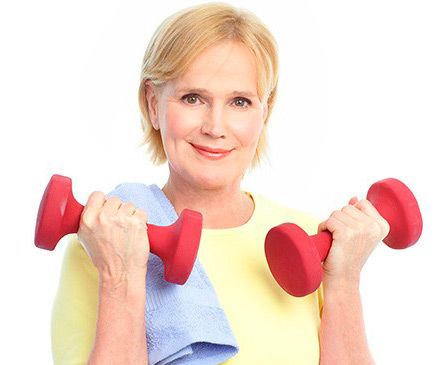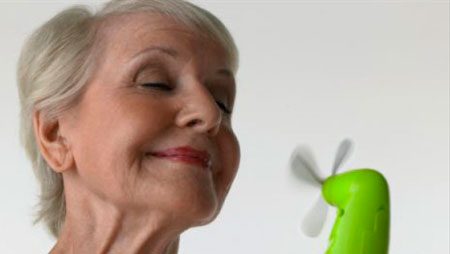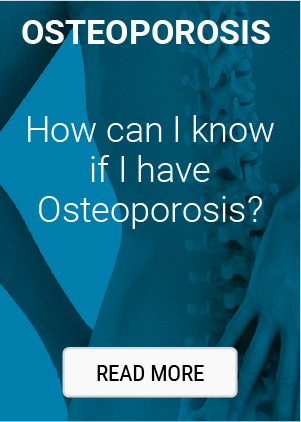Likely risk factors
- Increasing age
-
Risk factors for early menopause (menopause in women aged < 40 years):
- Smoking
- Radiation or chemotherapy
- Hysterectomy
- Low socioeconomic status
Risk factors for vasomotor symptoms
- Lack of exercise
- Maternal history of vasomotor symptoms
- Menopause at < 52 years old
- Induced menopause
- Current smoking associated with increased risk of moderate-to-severe hot flashes
Causes
- Menopause results from oocyte depletion and ovarian failure, leading to reduced secretion of ovarian hormones estrogen and progesterone
- May occur naturally due to increasing age, or be induced by surgery, chemotherapy, or radiation
Symptoms
- Menopause may be asymptomatic
- Symptoms associated with menopausal transition may vary in duration and severity, and include:
Vasomotor symptoms
Hot flashes, characterized by sudden sensation of heat in the upper body, perspiration, flushing, chills, clamminess, anxiety, heart palpitations, night sweats, sleep disturbances
Urogenital symptoms
- Vaginal atrophy, characterized by vaginal dryness, discharge, itching, dyspareunia and sexual dysfunction
History of present illness
- Length of menstrual cycle progressively increases closer to menopause.
- 3 consecutive months of amenorrhea or cycle lengths > 42 days may indicate impending menopause
- Hot flashes characterized by sudden sensation of extreme heat in the upper body, particularly the face, chest and neck, typical duration 1-5 minutes
Treatment overview
Lifestyle modifications, including diet and exercise, may help reduce menopausal symptoms
For treatment of vasomotor symptoms
- Hormonal therapies systemic hormone therapy with estrogen alone or in combination
- Nonhormonal therapies for alleviation of vasomotor symptoms
For treatment of urogenital symptoms
- Hormone therapy is recommended during perimenopause and early menopause for treatment of vulvovaginal atrophy

 Español
Español


